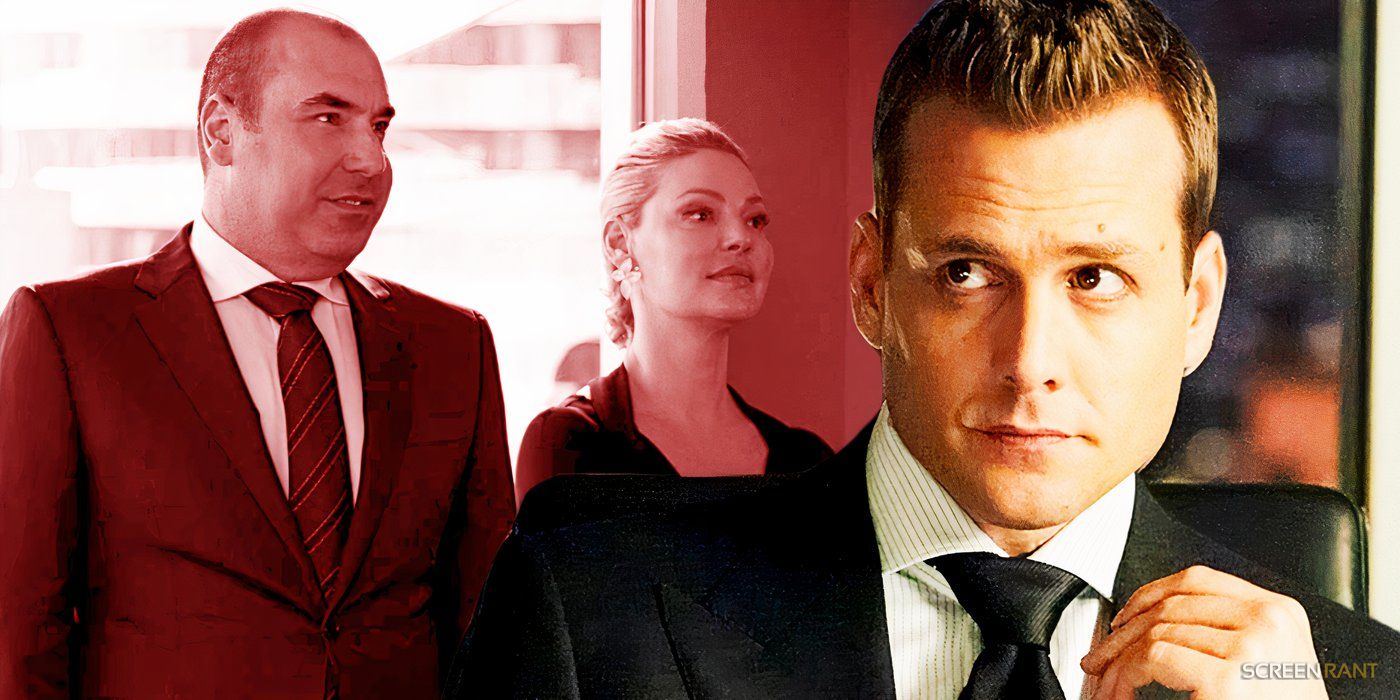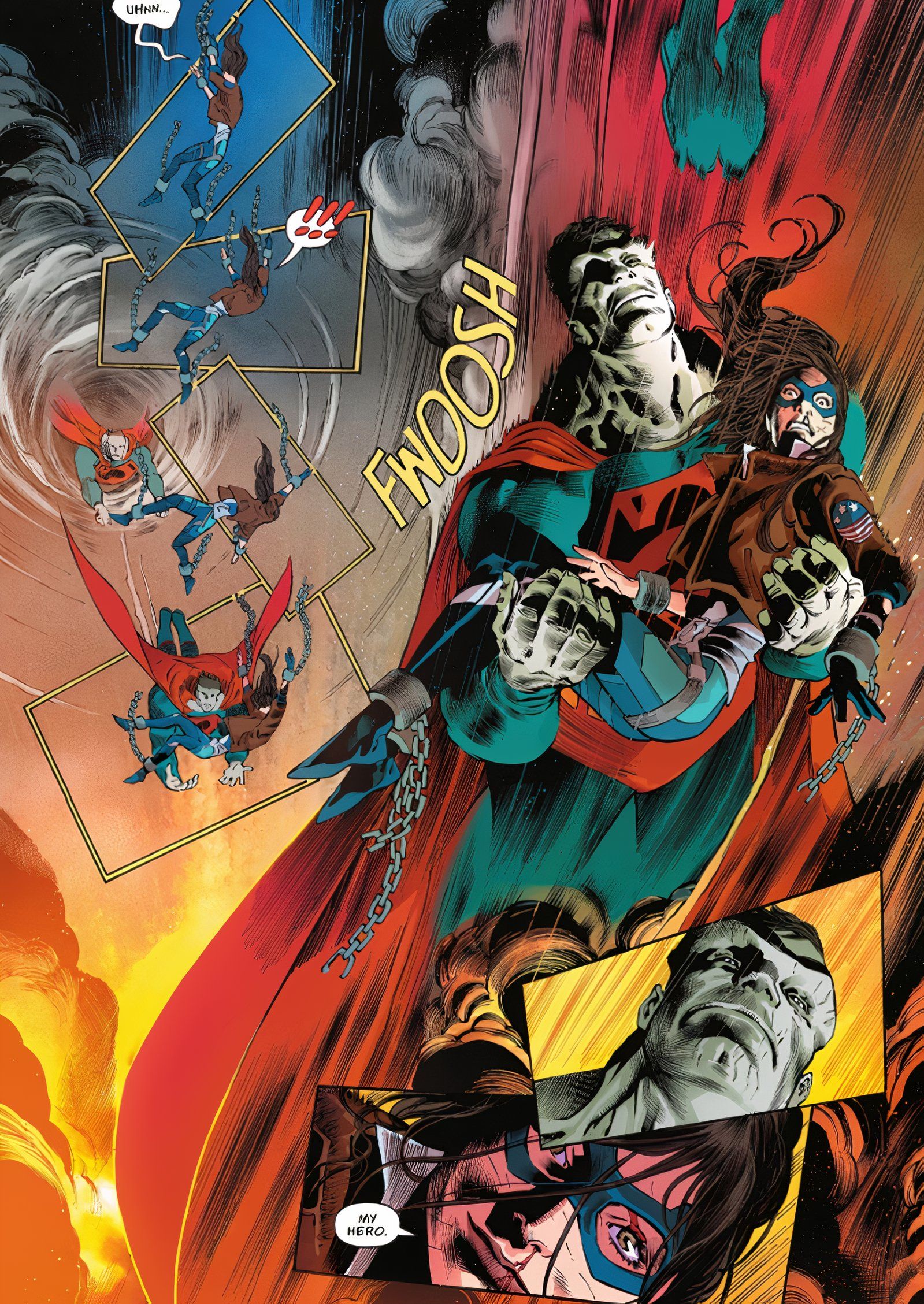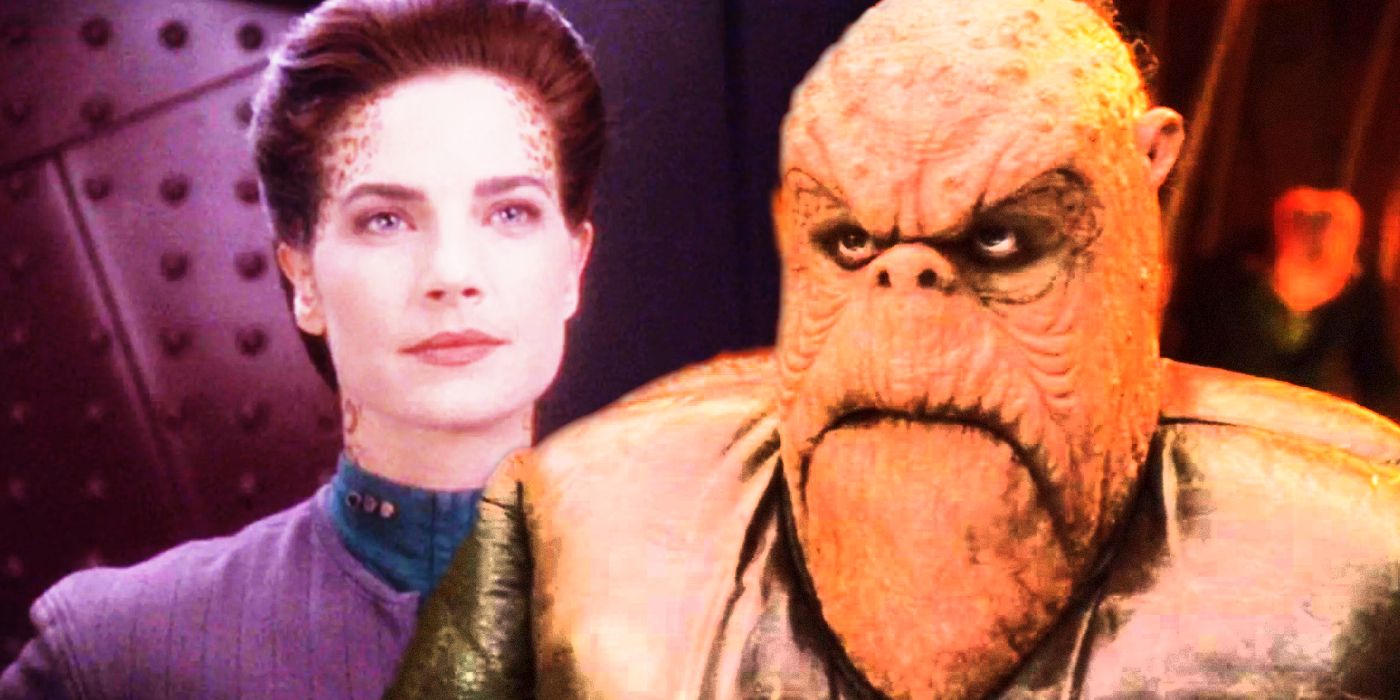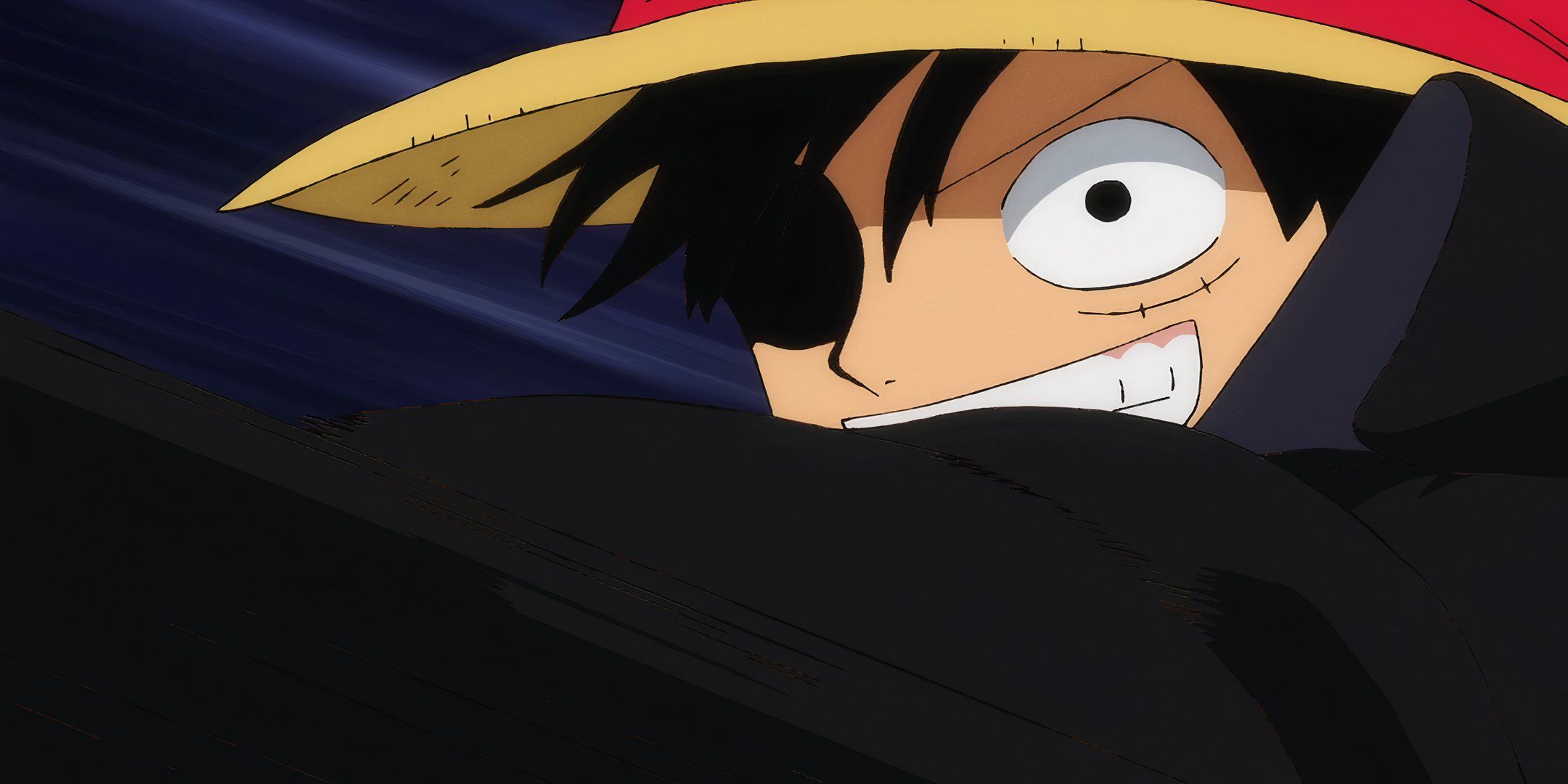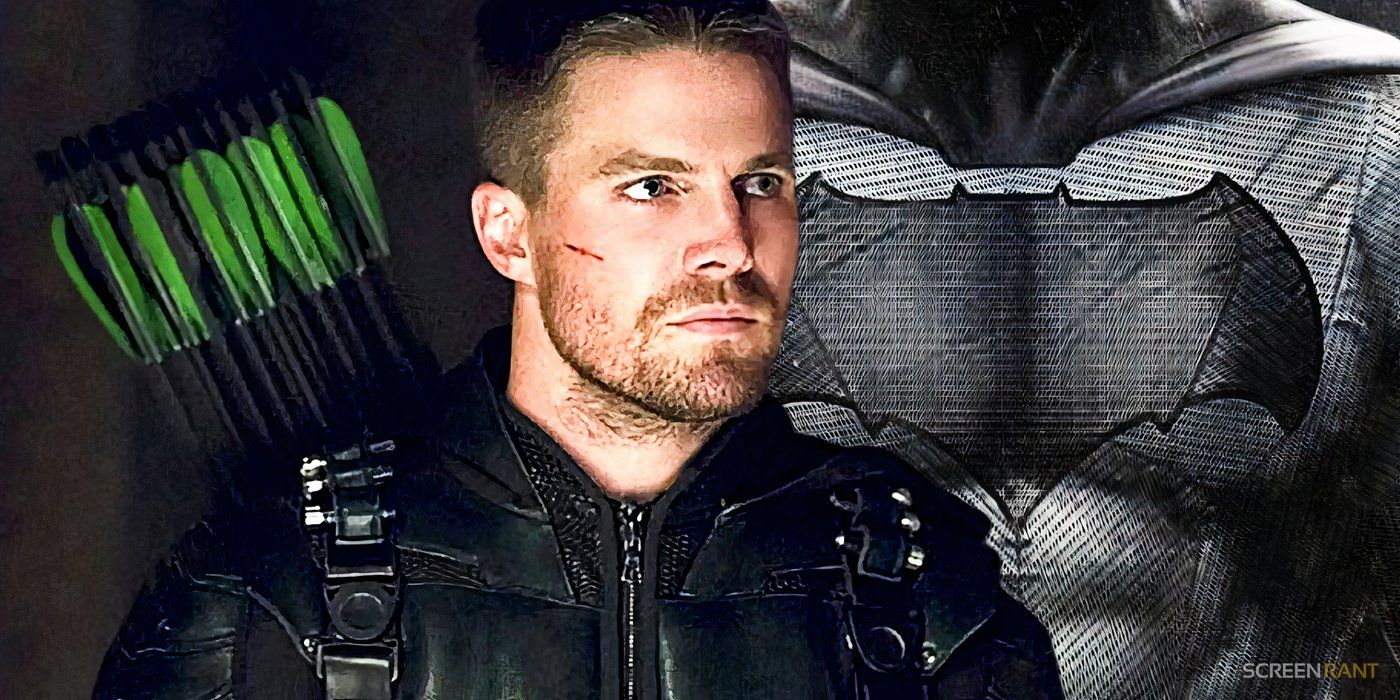Warning: Spoilers for The Immortal Thor #2 ahead!Just as Thor has come into his own as King of Asgard just in time to confront an invasion from Utgard, so has Loki embraced their new aspect as “The Teller of Tales.” Now sporting a fantastic redesign, Loki’s new style is an homage to another exemplary trickster character – David Bowie’s Jareth the Goblin King, from the 1986 film Labyrinth. The resemblance marks Marvel’s Loki finally coming into their own as a gender-fluid icon.
Al Ewing, Martín Cóccolo, and Matthew Wilson’s The Immortal Thor #2 opens with Thor calling upon the mighty Thor-Force in his duel against Toranos. Although Thor is able to win a reprieve, he knows Toranos will return for him soon; to lure him away from the people of New York, Thor retreats to the abandoned Inhuman moon base to await his foe. However, instead of Toranos, Loki arrives.
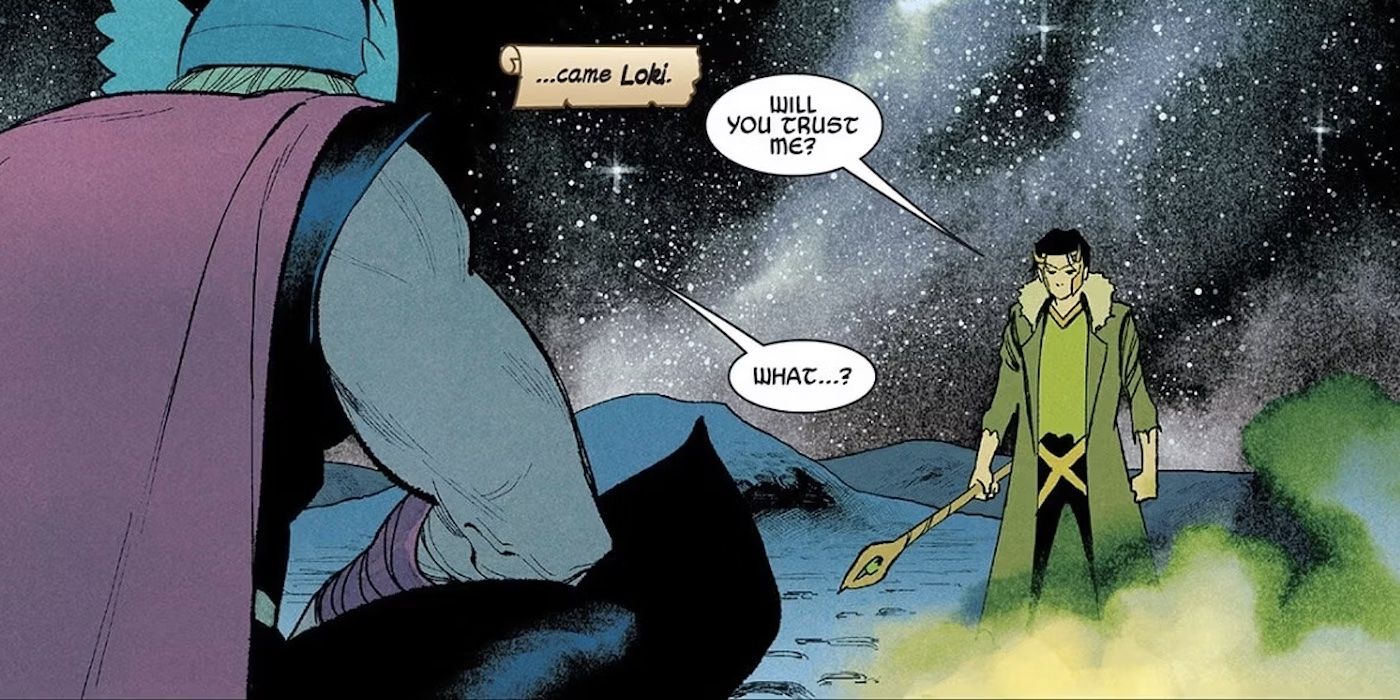
Loki begs Thor to trust them, even as an enemy. When Thor agrees, Loki transforms into a new divine aspect – “The Teller of Tales” – and strikes Thor with a bolt from their staff.
Loki and Bowie are Androgynous Icons
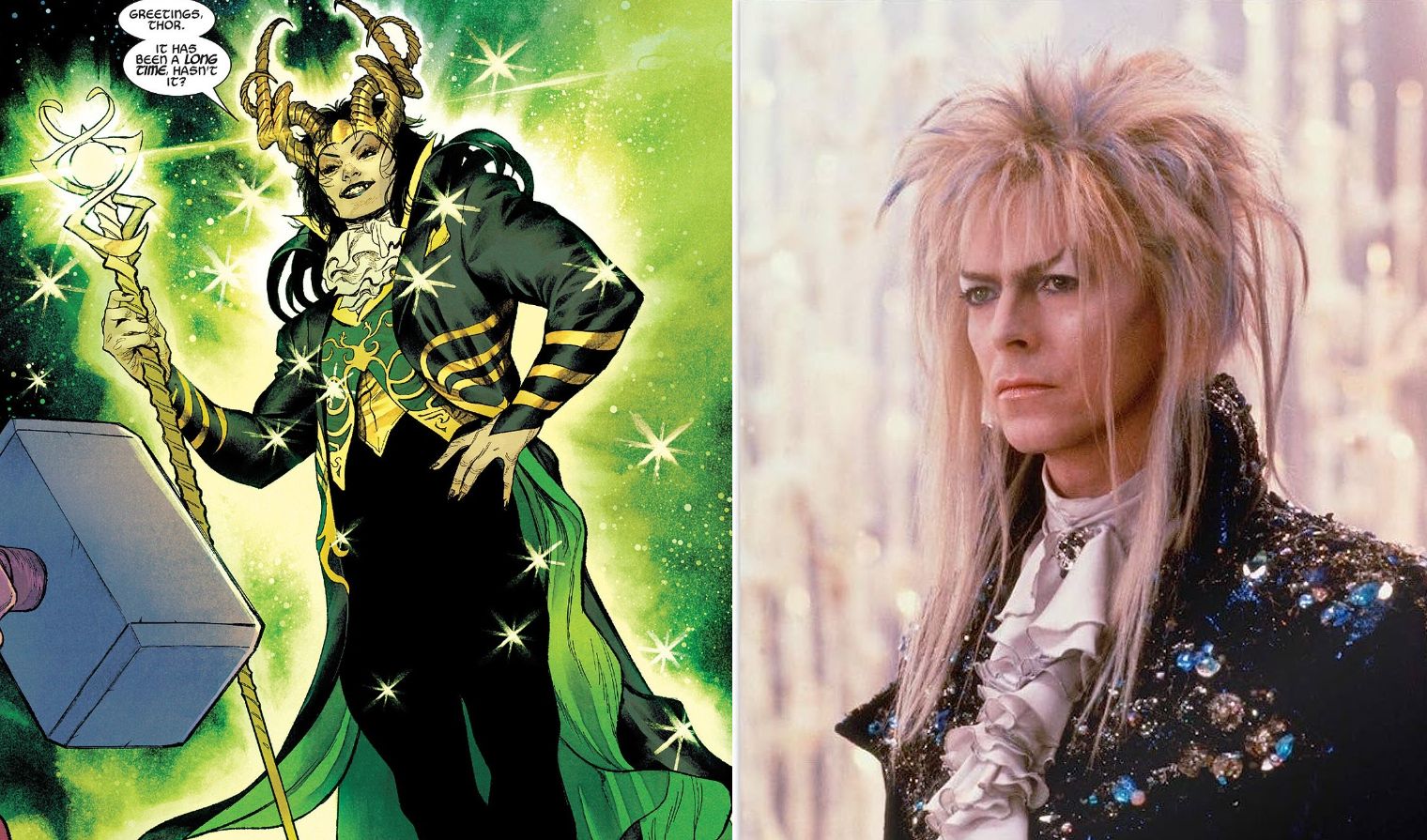
In the film Labyrinth, Jareth the Goblin King bewitches and bewilders protagonist Sarah while stealing away her baby brother. David Bowie made the role of a trickster goblin iconic with his high style, and Loki is clearly borrowing that look with their high feathered-collared coat and cravat. Similarly, both Bowie and Loki are known for their androgyny: Bowie in particular for his “Ziggy Stardust” persona of the 1970s, while Loki is famous for shifting shape and sex in the original Norse mythology. The Marvel version of Loki has appeared in both male and female forms starting from J. Michael Straczynski, Oliver Copiel, Mark Morales, Paul Monts, and Laura Martin’s Thor (2005) #5; as of Dan Watters, Germán Peralta, Mike Spicer, and Travis Lanham’s Loki (2023), the character switches freely between male, female, and androgynous forms, often appearing before Thor as a ragged waif.
Channeling an icon like David Bowie is a power move for this new form of Loki, and one that signifies Marvel is fully embracing the gender-fluid aspect of Loki’s character. Once Loki has transformed into the Teller of Tales, they exhibit power unlike they’ve ever displayed before: strong enough to seemingly blast Thor away with no defense. Previously, the fluidity of Loki’s character was held to be an aspect of their deceptive and tricky nature; here, it has become a statement of identity, a coming-into-their-own moment that replaces Loki’s rags and gap-toothed smile and cloaks them instead in the fullness of their power.
This brings the journey that began back in 2005 with Lady Loki to its apex: Marvel is finally fully comfortable in embracing a truly gender-fluid character in a position of strength and power. The Teller of Tales is an appropriate form to express Loki’s new place in the Marvel Universe, and there’s no better way to express this power and freedom than by emulating an icon like Bowie.
The Immortal Thor #2 is now available from Marvel Comics.
